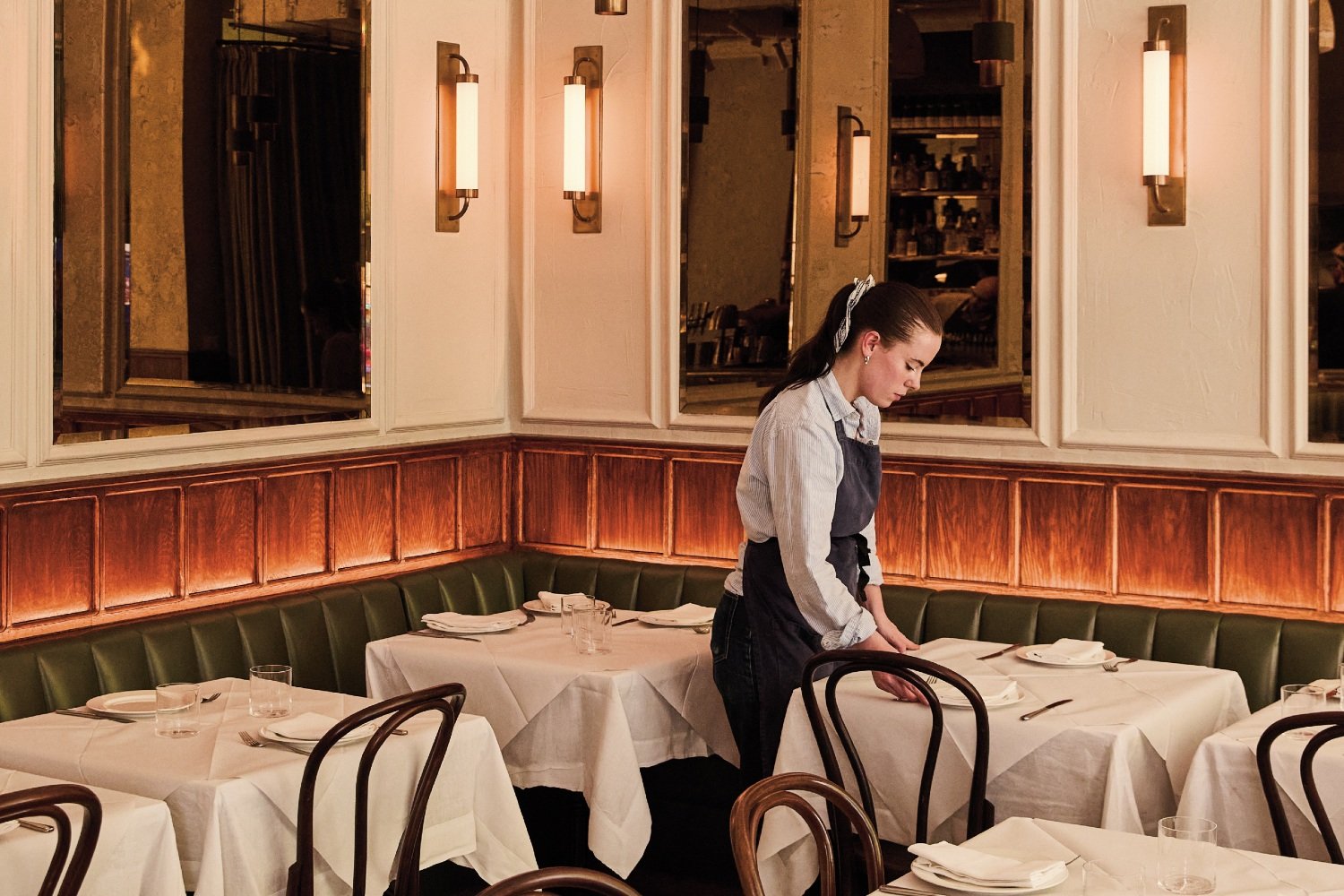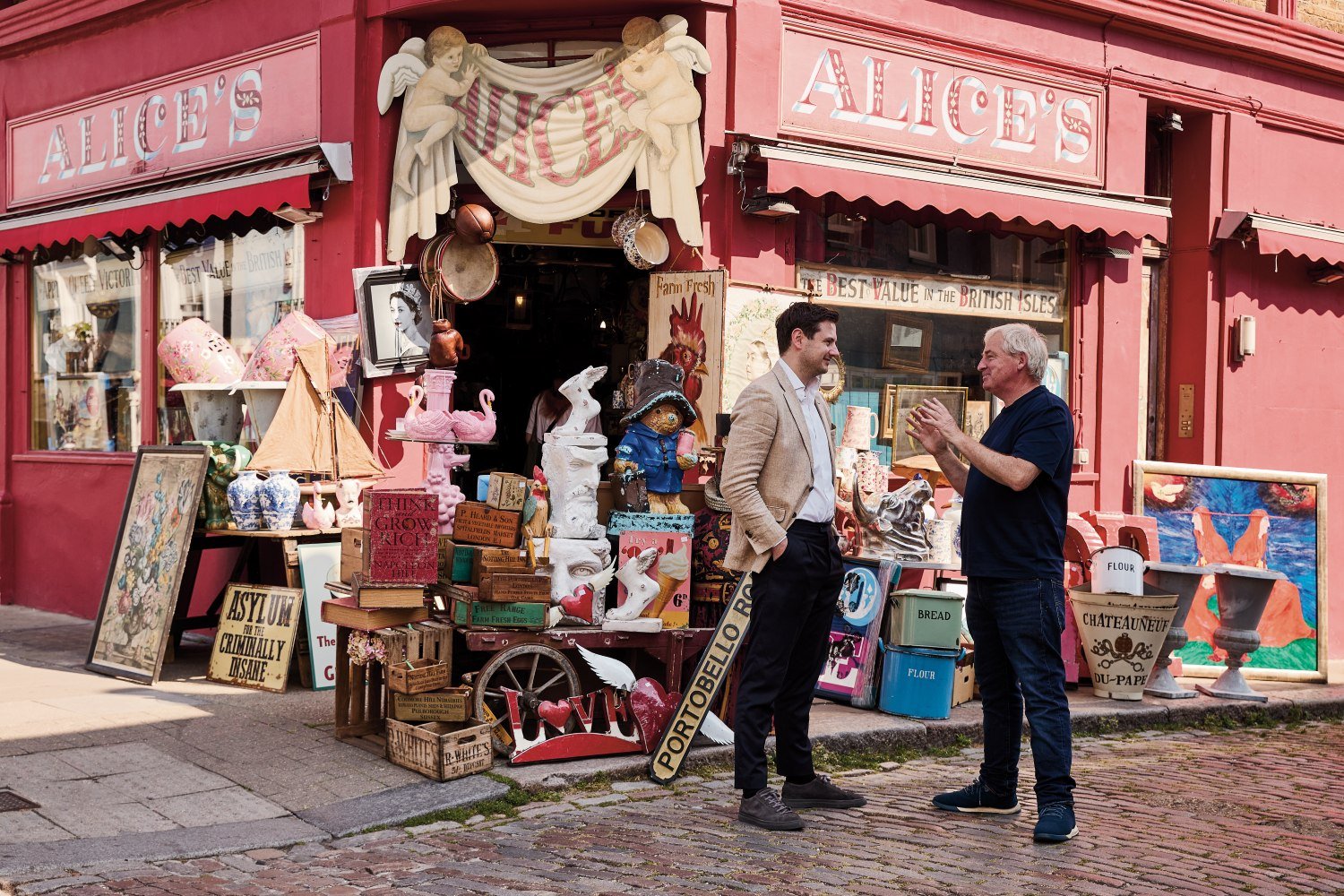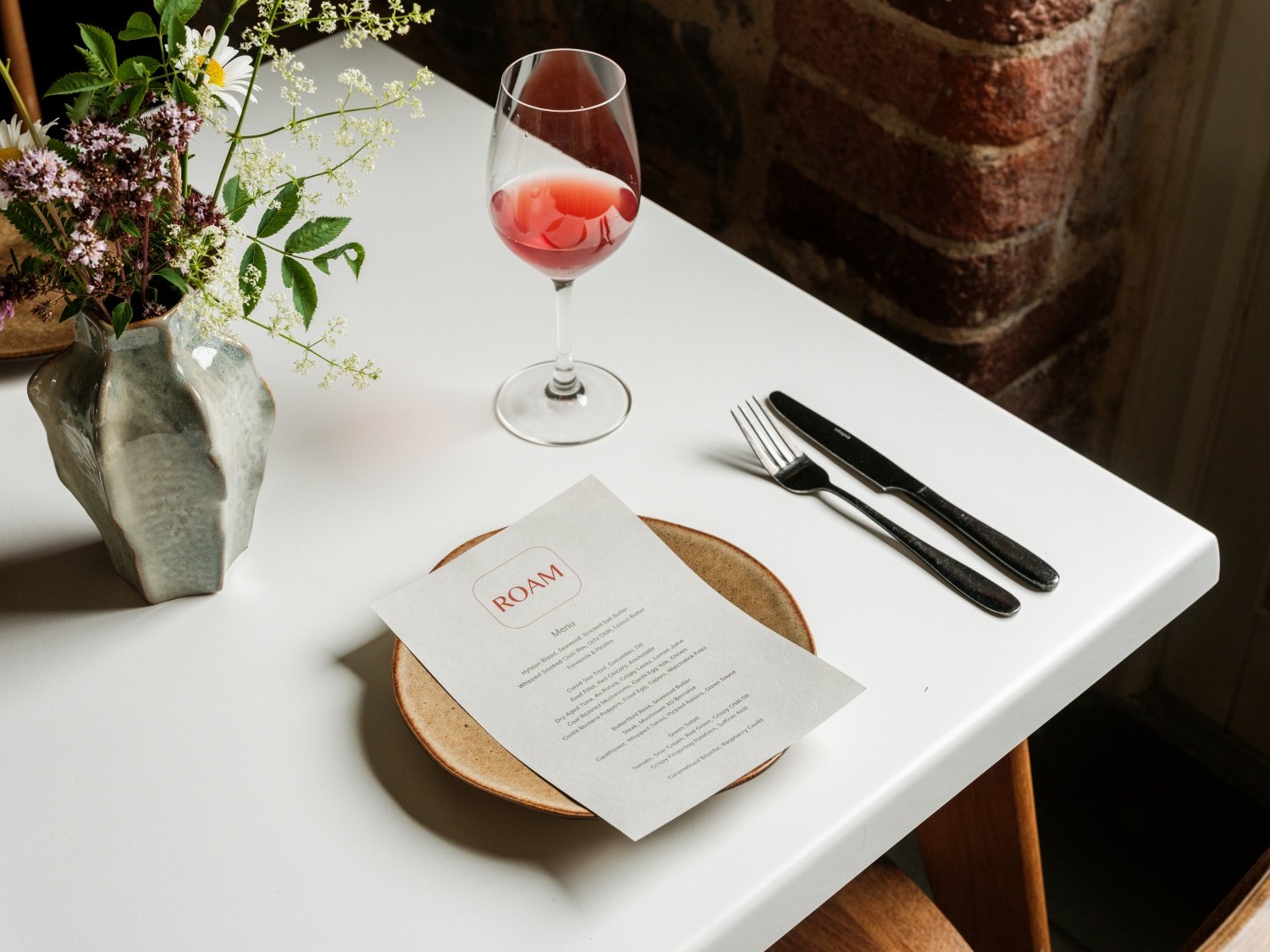How to make multi-generational living work for you
As economic pressures, lifestyle shifts and a renewed focus on family reshape how we live, multi-generational households are on the rise. Kingsley House in Haslemere offers a picture-perfect case study in how to make it work

The idea of different generations sharing a home isn’t new. In much of Europe, it’s a cultural norm. But in Britain, it’s a growing trend. Whether driven by financial considerations, convenience or a desire to live more meaningfully, families are finding new value in old ways of living.
“Until recently, you didn’t announce that you were living with your parents in your 30s,” says Ed Rook, a partner in Knight Frank’s Country Department. “But that’s changed. Economic pressures, rising care costs and the cost of renting mean people are being more pragmatic. And that’s helping to normalise what has in fact always been a very sensible and often joyful way of life.”
That joy is not only emotional, but practical. Parents and grandparents can help with school runs and after-school care, and younger family members can offer support in return – all while sharing financial and household responsibilities. For many families, it’s a win-win.
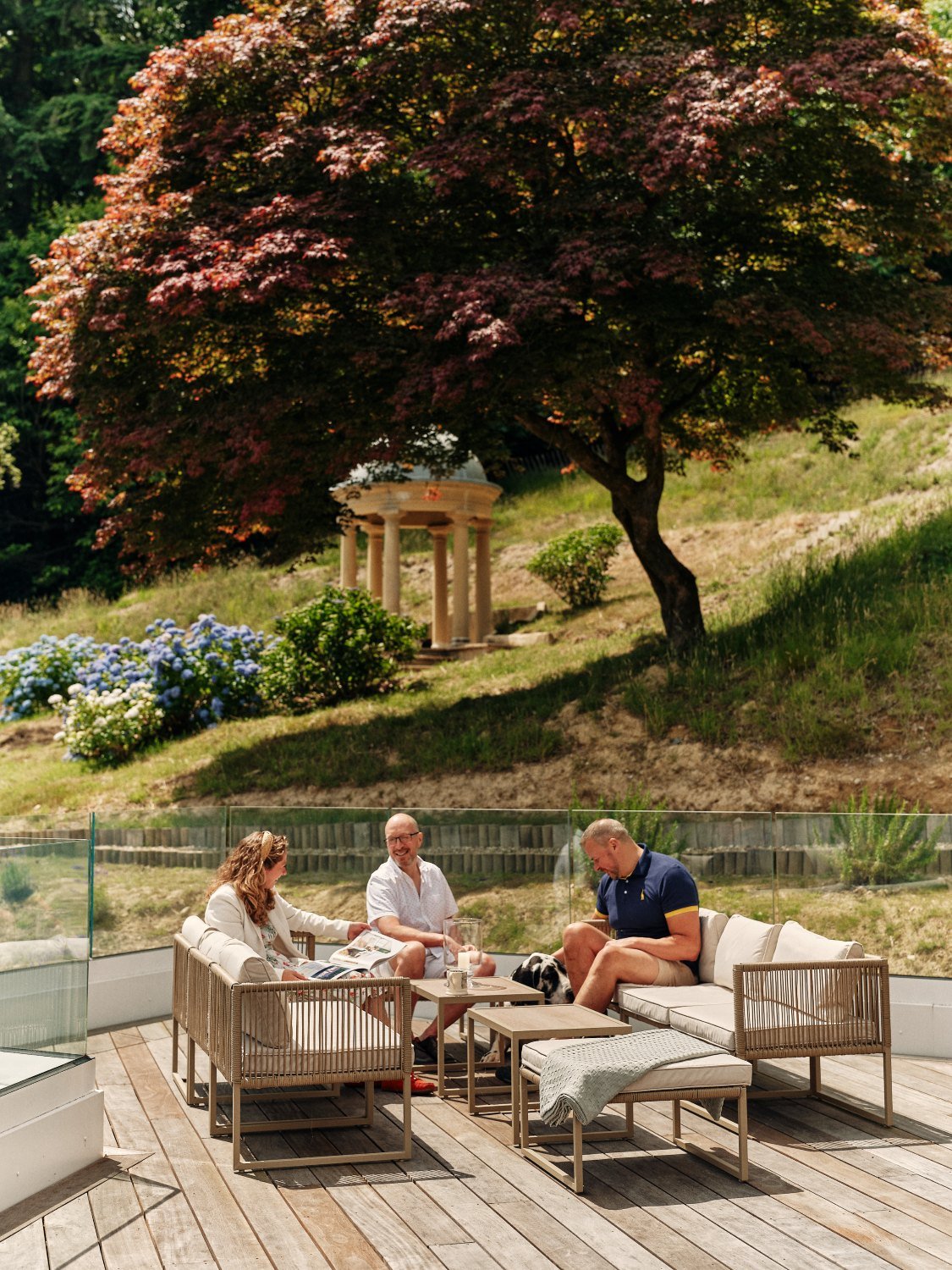
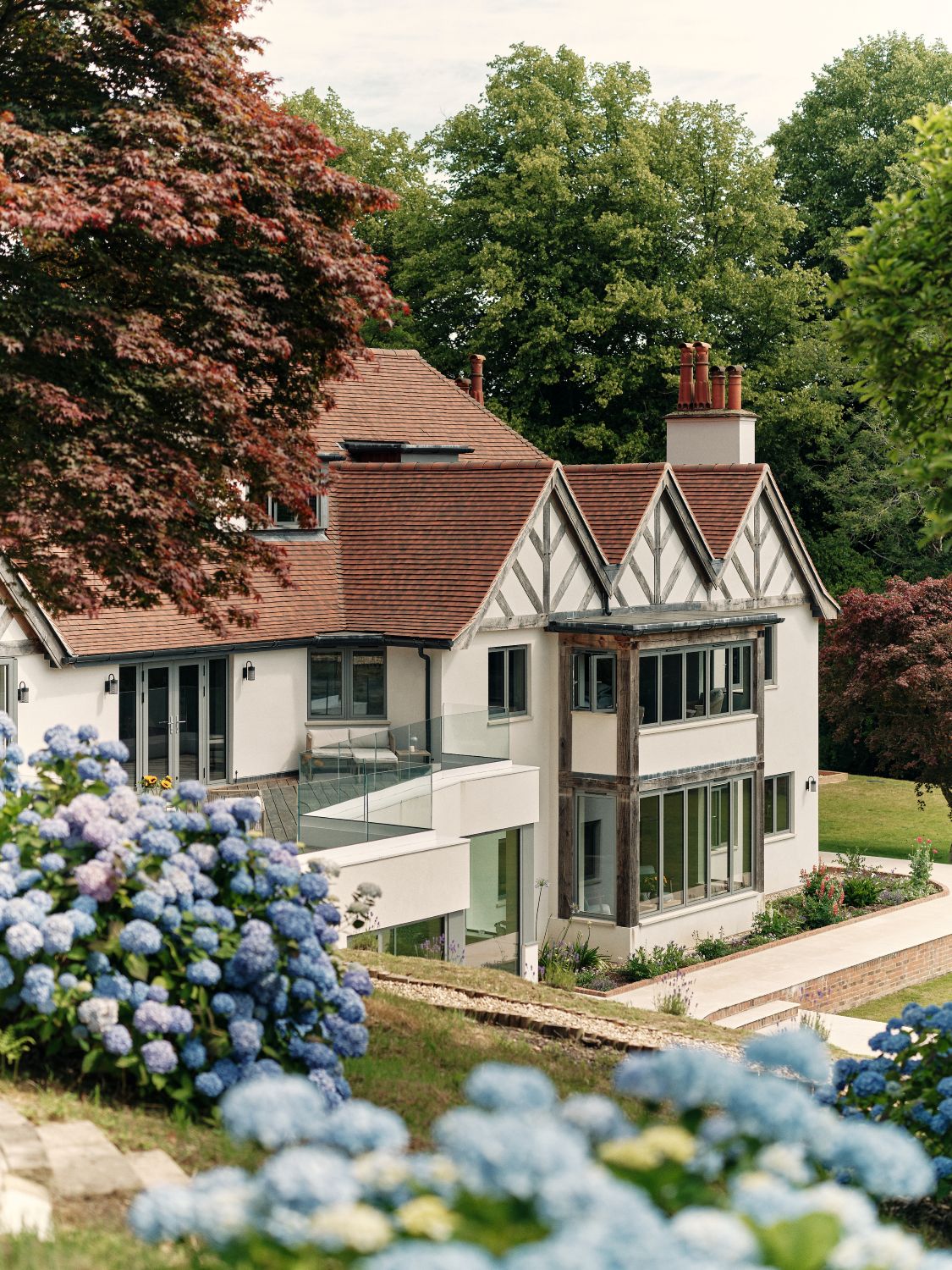
A classic Surrey home built for modern families
In the folds of the South Downs National Park, tucked away on the leafy incline of Marley Heights, near Haslemere, Kingsley House is a distinctive family home designed to make multi-generational living as comfortable as possible.
The house was bought in 2019 by Craig Fergusson and Duncan Hunt, who moved from London with Duncan’s father, Colin. Today, the property retains little more than its original footprint and structural walls. Everything else – from the electrics and plumbing to the floor plate as it stands today – is brand new.
“We gutted it, and started again,” Duncan explains, “but it’s allowed us to create exactly what we wanted. We changed the floor plans, added rooms and extended out the back – as well as clearing and landscaping. The house is essentially brand new.”
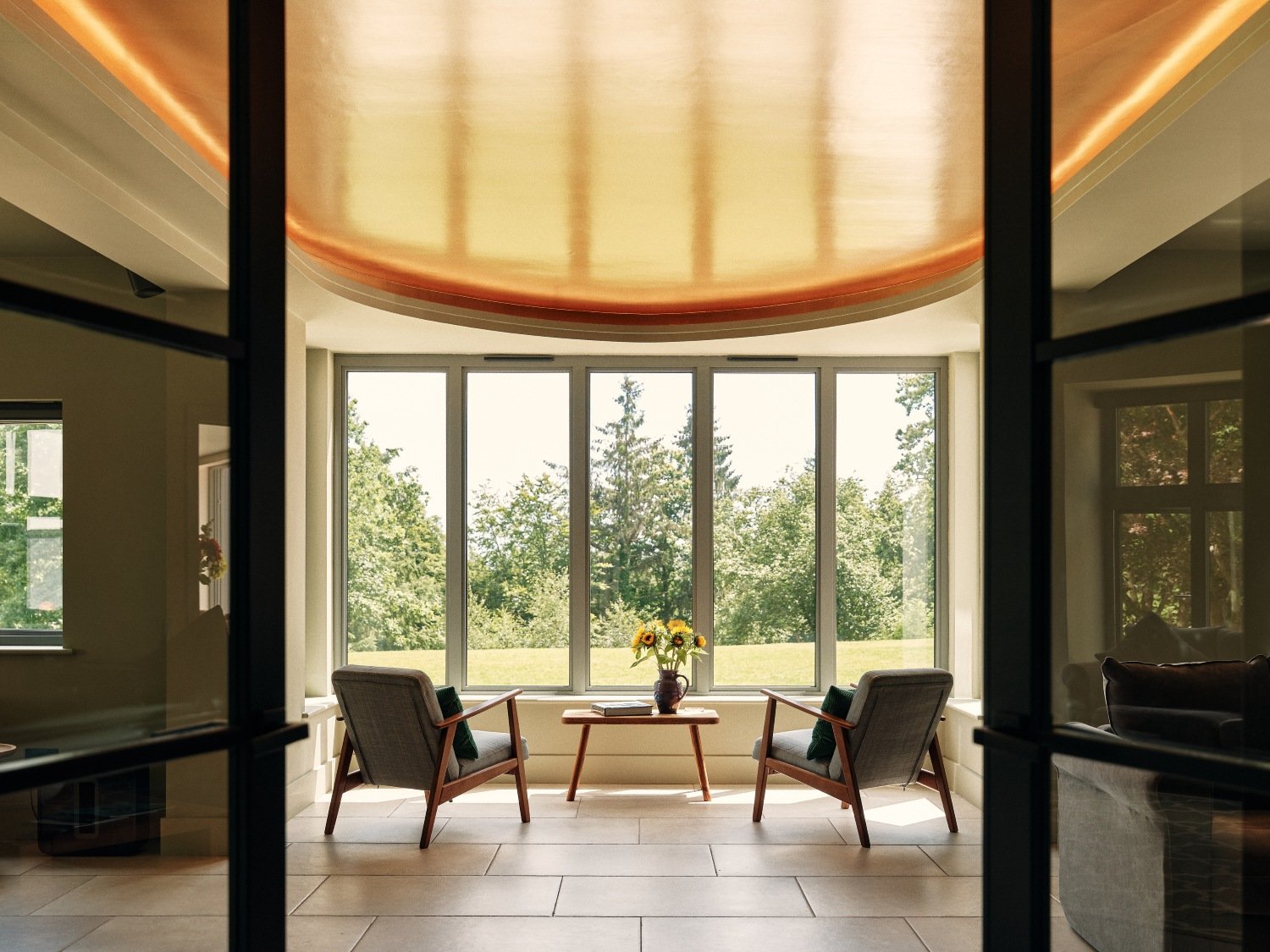
Craig and Duncan transformed the property not just to create a dream home for themselves, but also to care for Duncan’s father, Colin, as his health needs increased – in a way that respects everyone’s privacy and independence.
So, while the main house includes nine bedrooms, beautiful living spaces, a purpose-built gym and offices for Craig and Duncan, the property also features a newly built, architect-designed bungalow, sited where a pool house once stood. This separate dwelling is now a comfortable home for Colin – something that Duncan and Craig struggled to find when house-hunting.
“We saw so many annexes that felt like afterthoughts,” Craig explains. “Damp, dark, built to a lower standard than the main house. But if someone’s going to live with you – especially a parent – they deserve proper accommodation. So we built the bungalow as if it were its own house.”
The result is a rare kind of set-up: one that allows family members to live on the same plot, but with enough separation that everyone can come and go as they please. “It’s like having your dad as a neighbour,” Duncan says. “And if he needs us, we’re just next door.”
There’s even an annex on the main house with its own private bedroom and living space that’s been designed for live-in carers, should the need arise. It’s a space that would be just as suited to a full-time nanny, au pair or housekeeper.


The market for homes with annexes and adaptability
For Ed Rook, this approach is becoming increasingly common. “We’re seeing clients structure their whole lifestyle around flexibility,” he says. “That could mean a property with a ready-made annexe, or somewhere with potential to convert outbuildings – as with Kingsley House. Either way, our clients increasingly want options.”
The growing popularity of multi-generational living is already having a knock-on effect in the country house market. “Buyers are becoming more discerning about how space is arranged,” he continues. “Traditional layouts with one big family living area don’t suit everyone anymore. People are increasingly seeking zoned living – even if that just means a secondary staircase or a garden room that can double as a guest suite.”
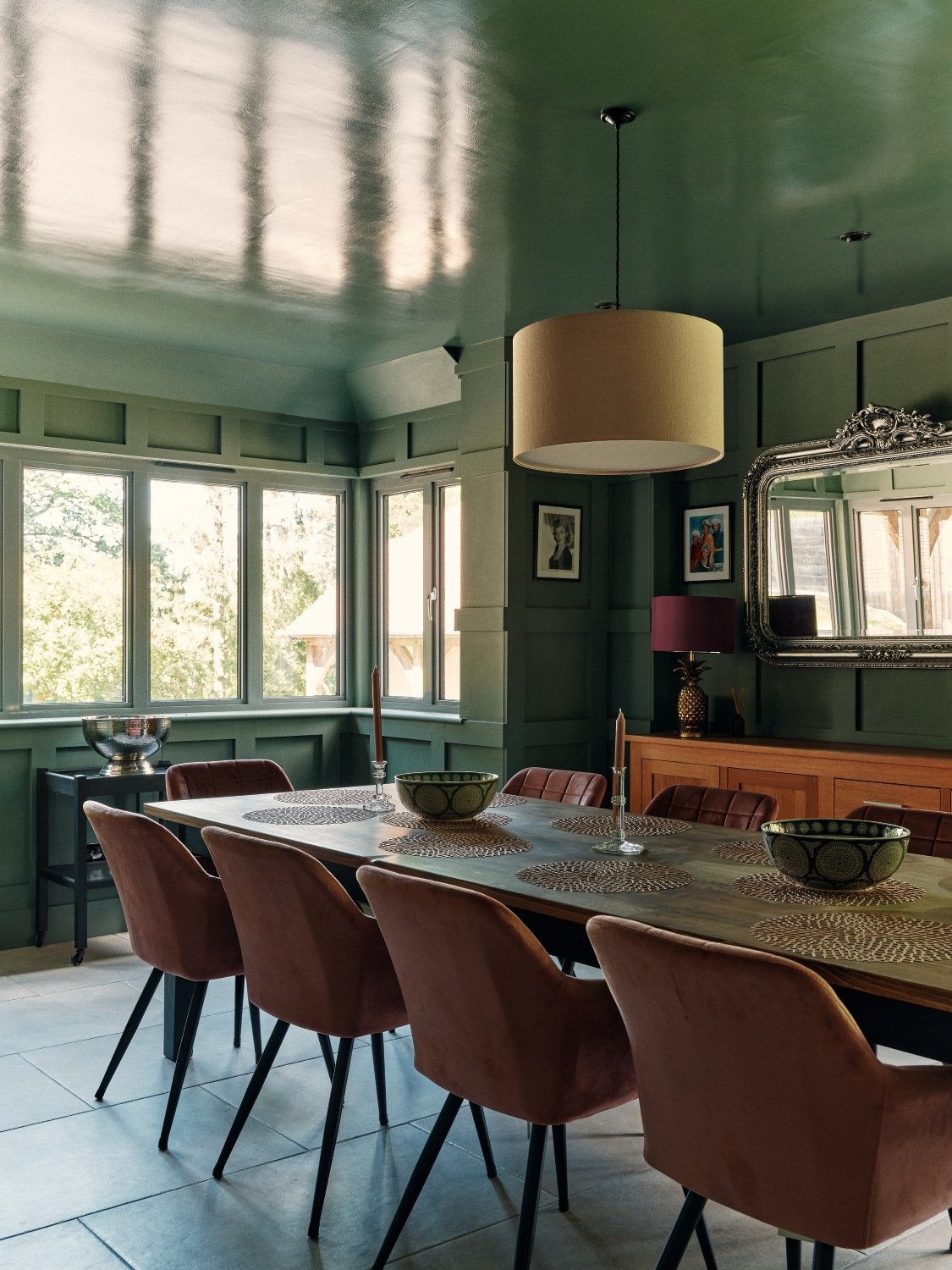

While homes with multi-generational living potential often come at a premium, with care costs rising and intergenerational finances increasingly intertwined, the flexibility such homes offer is often priceless.
“There’s also an emotional component,” adds Rook. “It’s not just about investment. It’s about a sense of continuity. The best houses are the ones that adapt around the people who live in them, not the other way around.”
Kingsley House is for sale with a guide price of £4,500,000. Please contact julia.meadowcroft@knightfrank.com with any enquiries.
